In shipping logistics, timing is everything. To keep things running smoothly, it’s important to grasp key shipping terms like ETB, ETA, ETD, ATD, and ATA. These terms play a big role in coordinating deliveries and managing your supply chain effectively. These acronyms represent vital timeframes that help ensure smooth operations, minimize delays, and optimize planning.
Knowing what each term stands for and how it impacts your shipping process can save you from costly mistakes. For instance, understanding the meaning of ETB in shipping, estimated time of berthing, can help you better manage dock schedules and resource allocation.
This guide is designed to explain these critical terms in simple, practical language, ensuring you have the knowledge needed to keep your shipments on track. By the end of this guide, you’ll understand what these terms mean and how technological enhancements can help predict time.
Estimated Time of Arrival (ETA)
Estimated Time of Arrival (ETA) is a crucial metric in the shipping industry, representing the projected time a vessel or cargo is expected to arrive at its destination. It’s a piece of information that keeps everyone in the supply chain, i.e., shippers, carriers, and recipients, aligned.
Knowing the ETA allows for better planning, resource allocation, and scheduling, ensuring operations run smoothly. Accurate ETA is essential because it helps avoid costly delays, optimizes logistics processes, and improves customer satisfaction by providing reliable delivery timelines.
Conversely, an inaccurate ETA can disrupt the entire supply chain, leading to delays, increased costs, and customer dissatisfaction.
Factors Influencing ETA
Several factors can influence the accuracy of ETA:
- Current Location: The starting point of the vessel or cargo plays a significant role in determining the ETA. Any deviations or changes in the route can lead to delays.
- Speed: The speed at which the vessel travels directly affects the ETA. Slower speeds naturally result in a later arrival time, while faster speeds can bring the ETA forward.
- Weather: Adverse weather conditions like storms, fog, or high winds can slow transit and impact the ETA, sometimes causing significant delays.
- Port Congestion: When ports are busy, vessels may have to wait longer to dock, which can push back the ETA. Efficient port management is key to maintaining accurate arrival times.
- Customs Clearance: Delays in customs clearance due to paperwork issues or other complications can also affect the ETA. Quick and efficient customs processing is essential to stick to the planned schedule.
Estimated Time of Berthing (ETB)
Estimated Time of Berthing (ETB) refers to when a vessel is expected to be secured at a dock or berth at the port. Unlike the Estimated Time of Arrival (ETA), which indicates when the vessel will reach the port area, ETB focuses explicitly on when the vessel will be docked and ready for unloading or loading operations.
ETB is crucial for port authorities, terminal operators, and shipping companies because it allows for efficient dock space, labor, and equipment scheduling. Accurate ETB predictions help minimize vessel waiting times, optimize port operations, and reduce shipping costs by ensuring smooth transitions between arrivals and departures.
Example:
A shipping company expects a large container vessel to dock at 10:00 AM. With accurate ETB, the company can ensure that the necessary workforce, cranes, and transport vehicles are ready at the dock when the vessel arrives. It prevents idle time and maximizes efficiency.
Difference Between ETA and ETB
| Factor | ETA (Estimated Time of Arrival) | ETB (Estimated Time of Berthing) |
| Definition | The expected time when the vessel arrives at the port. | The expected time when the vessel is docked at a berth. |
| Focus | When the vessel reaches the port vicinity. | When the vessel is secured at the dock for operations. |
| Primary Use | Helps in planning for vessel arrival and initial port activities. | Used for scheduling unloading/loading and berth allocation. |
| Influence Factors | Weather, speed, current location, customs clearance. | Port congestion, prior vessel departure, docking operations. |
| Impact on Operations | Affects port entry and initial logistics coordination. | Directly impacts the start of cargo operations and resource allocation. |
Estimated Time of Departure (ETD)
Estimated Time of Departure (ETD) refers to the projected time when a vessel is expected to leave a port or dock. ETD is a critical metric for shipping companies, port authorities, and logistics partners as it directly influences the planning and scheduling of subsequent activities, such as the vessel’s arrival at its next destination.
An accurate ETD allows for the seamless coordination of resources, minimizes downtime, and ensures that the supply chain remains uninterrupted. Knowing the ETD is crucial for aligning schedules with other vessels, reducing congestion risk, and maintaining port operations’ efficiency.
Inaccurate ETD predictions can disrupt schedules, cause congestion at receiving ports, and lead to additional costs due to delayed deliveries and idle equipment. Therefore, a well-planned ETD helps in maintaining a smooth flow of goods and services, ensuring that customer commitments are met without hitches.
Factors Influencing ETD
- Weather Conditions: Adverse weather, such as storms, fog, or high winds, can delay a vessel’s departure. Ports may restrict vessel movement during extreme weather conditions, pushing back the ETD.
- Vessel Availability: The vessel’s readiness for departure is another significant factor. Delays in loading, fueling, or repairs can postpone the ETD, affecting the entire shipping schedule.
- Port Congestion: High traffic at the port can cause delays in berthing and departure, leading to a later ETD. Efficient management of port operations is essential to maintain accurate departure times.
Actual Time of Departure (ATD)
Actual Time of Departure (ATD) is the exact time when a vessel leaves the port or dock, as opposed to the estimated time. ATD is a critical piece of data for tracking the accuracy of the shipping schedule and ensuring that the vessel’s journey is on track.
Knowing the ATD allows shipping companies, logistics providers, and customers to update their schedules and expectations in real time. It serves as a benchmark for comparing planned versus actual performance, helping to identify potential bottlenecks or inefficiencies in the shipping process.
Real-time updates on ATD allow logistics partners to adjust plans dynamically, mitigating the impact of any delays and ensuring smooth operations.
Factors Influencing ATD
- Real-Time Conditions: ATD is determined by the vessel’s real-time readiness, including the completion of loading/unloading operations, crew readiness, and clearance from port authorities. Any last-minute issues can delay the ATD.
- Weather: Like with ETD, adverse weather conditions can impact the ATD significantly if conditions worsen unexpectedly, delaying the vessel’s departure.
- Port Congestion: Unexpected delays in port operations, such as longer-than-anticipated vessel turnaround times or last-minute docking issues, can lead to a later ATD. Efficient port management is crucial to maintaining the planned schedule.
Technological Enhancements in Predicting Times
Technological advancements have dramatically improved the accuracy and reliability of time predictions across various industries, particularly in logistics, shipping, and supply chain management. These enhancements are driven by the integration of artificial intelligence (AI), big data analytics, Internet of Things (IoT) sensors, and real-time data processing.
- Artificial Intelligence (AI): AI algorithms analyze large datasets, including historical shipping data, weather patterns, and real-time vessel movements, to enhance the accuracy of ETA and ETD predictions.
- Big Data: Processing complex datasets through Big Data allows for identifying trends and anomalies, which contribute to more reliable time predictions.
- IoT Sensors: IoT sensors installed on vessels and in ports continuously gather real-time data on factors such as speed, location, and environmental conditions, which are then used to refine predictive models for more precise time estimates.
How does Predictive Analytics Improve ETA and ETD Accuracy?
Predictive analytics, powered by AI and Big Data, significantly improve the accuracy of ETA and ETD by processing real-time data and historical trends. For instance, predictive models can account for vessel speed, route deviations, port congestion, and weather conditions for more reliable time estimates.
These analytics also allow for dynamic adjustments to predictions as conditions change, ensuring logistics managers receive the most up-to-date information. This precision in time forecasting helps in better planning and resource allocation, reducing the chances of delays and enhancing overall supply chain efficiency.
Impact of Real-Time Data on Business Efficiency and Forecasting
Real-time data collection through IoT sensors and AI-driven analytics profoundly impacts business efficiency and forecasting. By receiving instant updates on a vessel’s position, speed, and environmental conditions, companies can adjust their logistics operations on the fly, avoiding potential delays and optimizing routes. It leads to more efficient use of resources, lower operational costs, and improved customer satisfaction due to more reliable delivery schedules.
Additionally, the ability to forecast more accurately helps businesses plan inventory levels, manage supply chains more effectively, and respond quickly to unforeseen disruptions.
Incorporating advanced technology into your logistics operations can dramatically enhance your business efficiency. With Intoglo’s AI powered real time tracking updates, along with an AI-powered HS Code Scanner that provides US-specific HS codes and tariffs, you can ensure your shipping processes are both accurate and compliant.
Conclusion
Understanding shipping terms like ETB, ETA, ETD, ATD, and ATA is crucial for streamlining supply chain operations. These terms not only help manage expectations and plan logistics but also ensure smoother communication among stakeholders.
With technological advances, the future promises more precise time predictions, improving operational efficiency and customer satisfaction. Additionally, better time management can reduce fuel consumption and unnecessary delays, positively affecting the environment.
Knowing these key shipping terms as global trade expands can enhance your ability to adapt and optimize in a competitive market. If you are looking for reliable, end-to-end shipping solutions, Intoglo is here to help. Our door-to-door FCL shipping service from India to the USA ensures timely delivery and seamless handling of your cargo.
Contact us today to streamline your logistics and elevate your shipping experience.


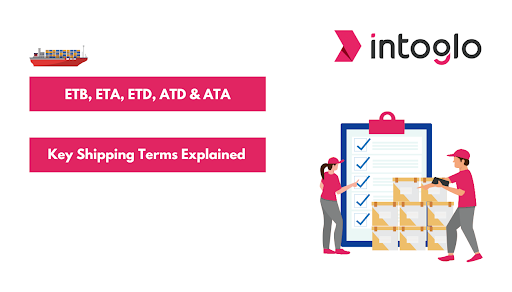
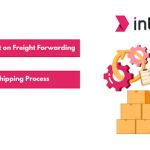
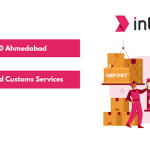
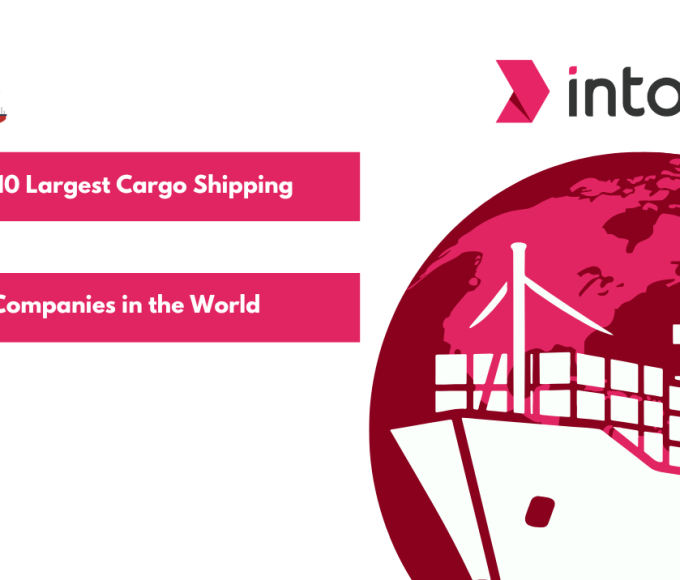
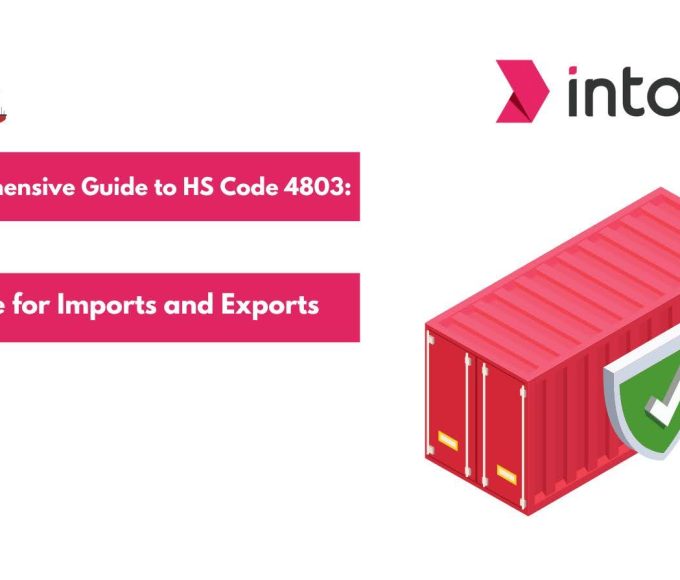
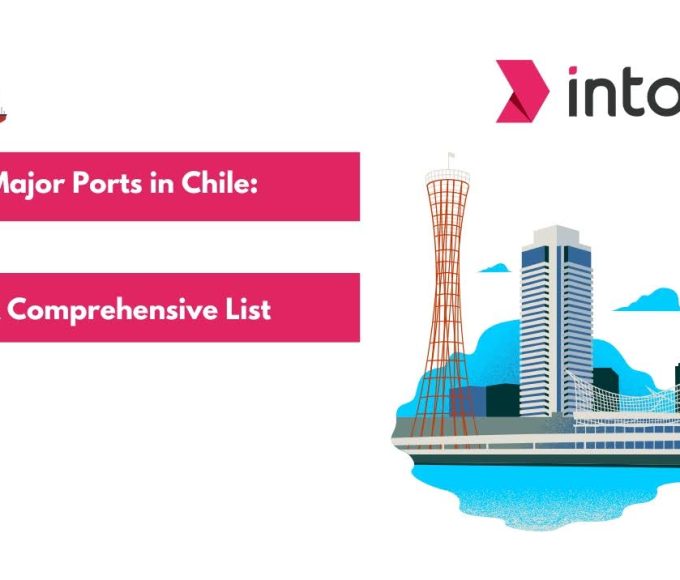
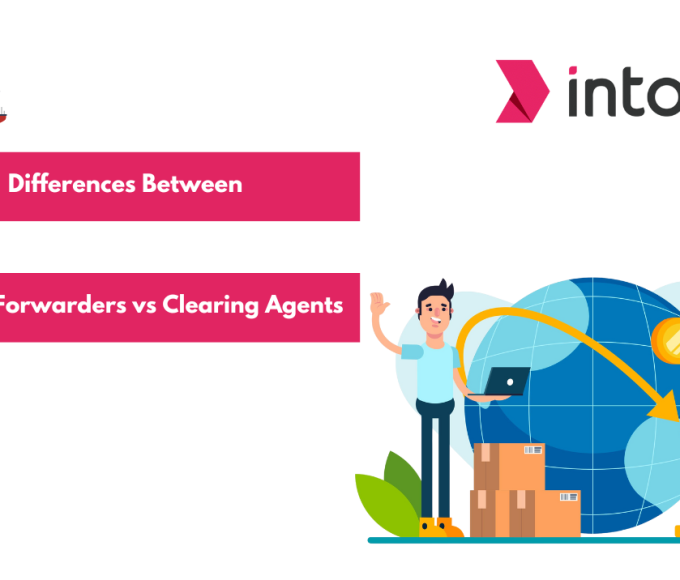
Leave a comment